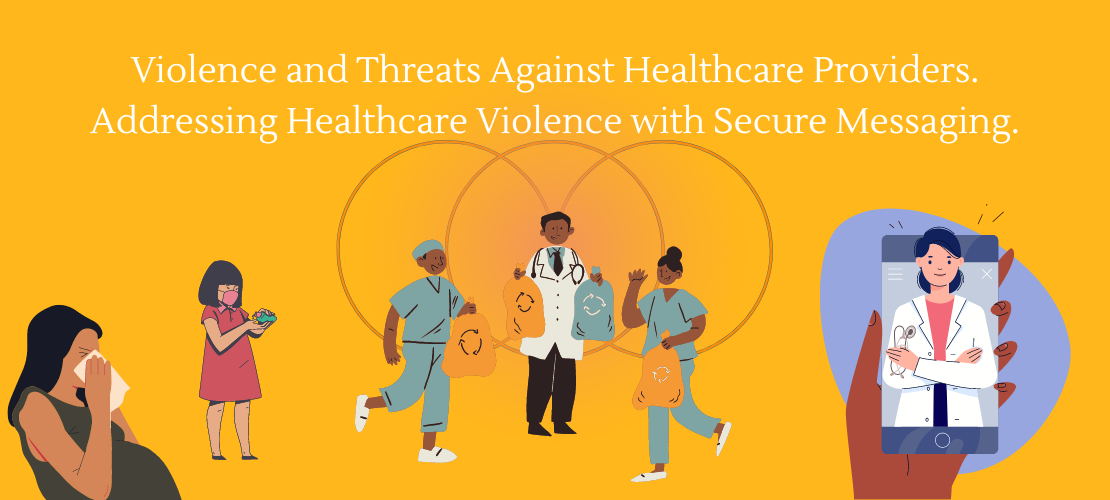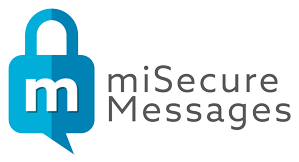
Violence and Threats Against Healthcare Providers. Addressing Healthcare Violence with Secure Messaging.
Verbal abuse, threats, and physical violence are pervasive and dangerous in the workplace. How can hospitals reduce dangerous escalations and protect staff? Nurses and physicians are at the most risk due to the length of time they must care for patients, and there's still a lack of federal law that directly addresses violence against healthcare providers. Violence against healthcare providers is rising, and hospital administrators need to understand workplace violence. According to Mary J Findroff et al., "Reporting violence to a health care employer: a cross-sectional study" about 86% of the abuse towards healthcare providers is verbal. Investing in an emergency messaging system allows administrators to broadcast emergency codes discreetly to staff in times of crisis.
Hospitals need adequate Occupational Safety and Health Administration (OSHA) training to keep patients and staff safe and to identify when to de-escalate a conflict that may result in violence and threats. Under federal law for workers, everyone has the right to:
- Receive health and safety training in a language they understand.
- Work on a safe machine.
- Be able to equip themselves with the proper safety gear.
- Be protected from toxic chemicals.
- Requesting OSHA inspection.
- Reporting injuries and obtaining medical records.
- Have the ability to review illness or injury records.
- Review work-related injuries or illnesses records.
- Being able to view the results from the tests taken of workplace hazards.
As the rise of violence against healthcare providers increases, having a secure platform to communicate the dangers across departments is even more vital. Using a safe encrypted messaging app allows open and transparent communication across departments. Administrators can quietly broadcast messages to every staff during unprecedented times. Not only will hospitals be able to prevent the unthinkable, staff and patients will both be protected. Learning to de-escalate a potentially aggressive situation is highly necessary within healthcare.
Learning about intervention in the workplace can reduce aggressive situations from escalating. Kumari Archana et al. made a study, "Interventions for workplace violence against healthcare professionals: A systematic review. Having aggression reduction training for nurses better equips them to handle potential threats, "Nurses' attitudes toward their perceived performance in handling patient aggression also showed significant improvement [28]. " (Archana et al., p.421). Educating staff on workplace violence and focusing on de-escalation techniques can significantly help reduce aggressive interaction with communication-based strategies. Four core skills are helpful for healthcare providers:
- Confidence.
- Self-efficacy.
- Intention.
- And a resilient attitude to prevent and manage dangerous encounters.
Communication is a considerable step forward in reducing patient-led conflict. Time constraints are the most significant factor in creating conflicts; allowing healthcare providers to assign the right task through a secure messaging app will enhance performance and save time. Hospitals must prioritize and continually strengthen communication to provide optimal patient care. Awareness of when aggression escalation may happen allows staff to respond appropriately and call for the proper safety measures to protect themselves and their patients. In electronic records of patients and visitors with "flags," prevention can look like this:
Staff can maintain distance.
Staff staying aware of physical or verbal aggression cues.
Calling for security check for drugs or weapons.
Healthcare providers can put limits on visitors' access.
Healthcare providers can put patients in an area where staff specializes in de-escalating an aggressive situation.
A psychologically safe environment for staff helps create a safe environment for patients. Staff and patient safety is a priority for hospitals; therefore, having continual safety and communication training will also benefit hospitals.

